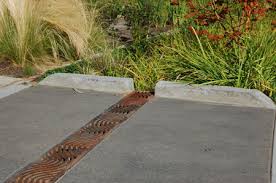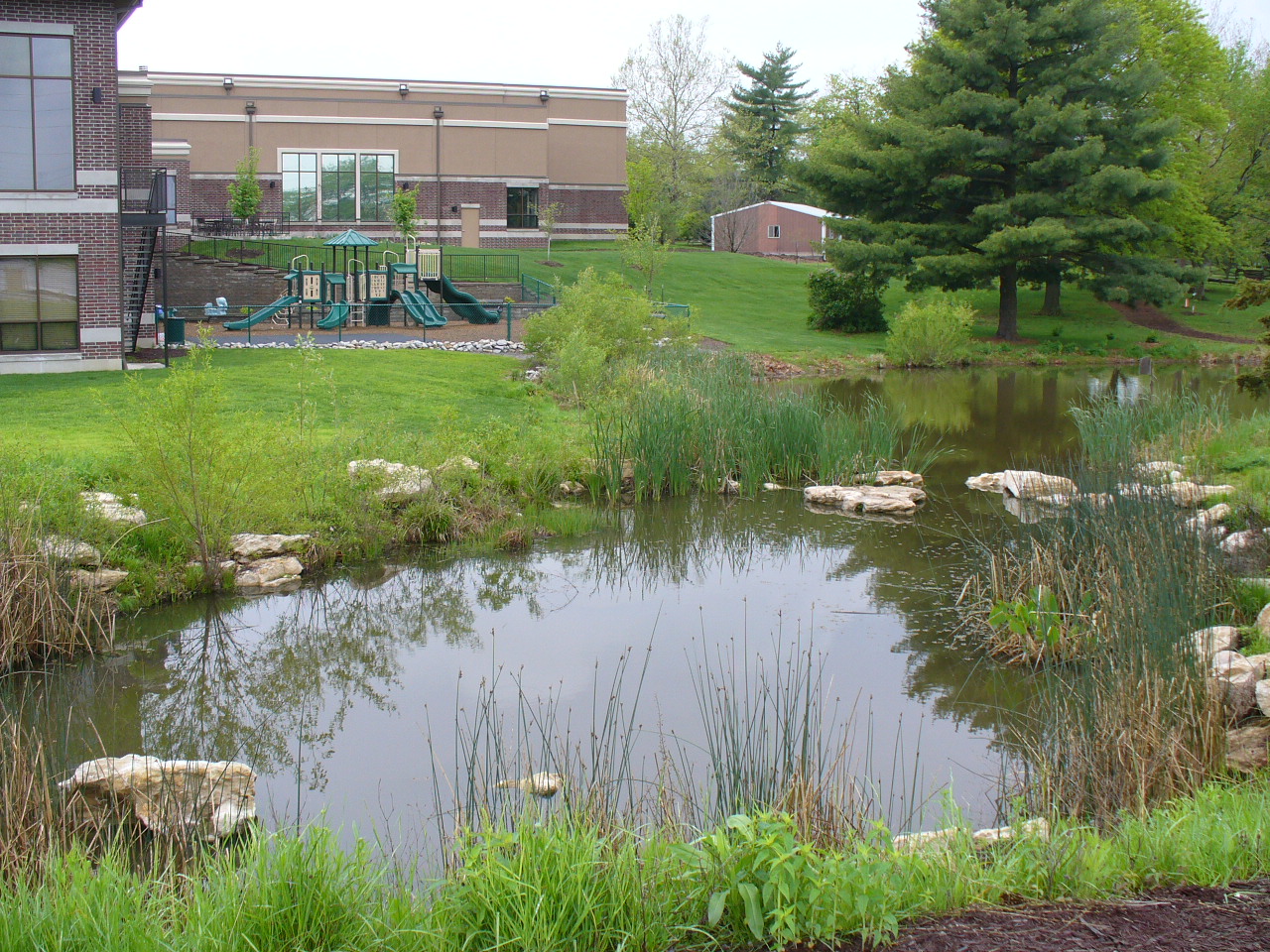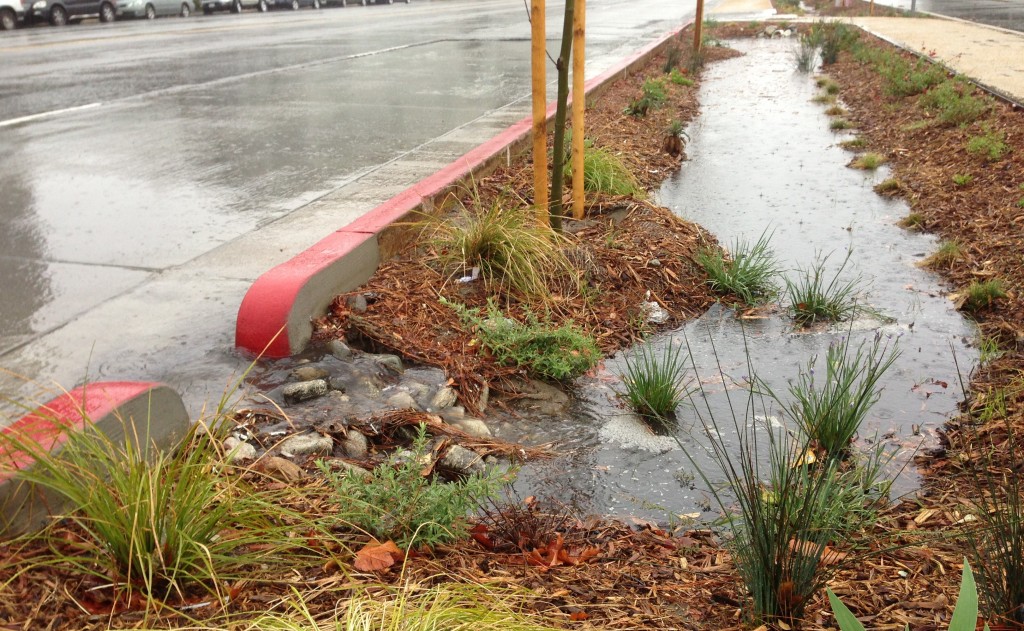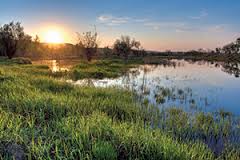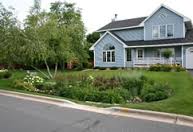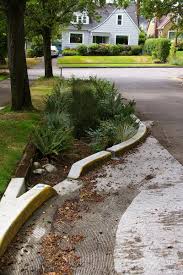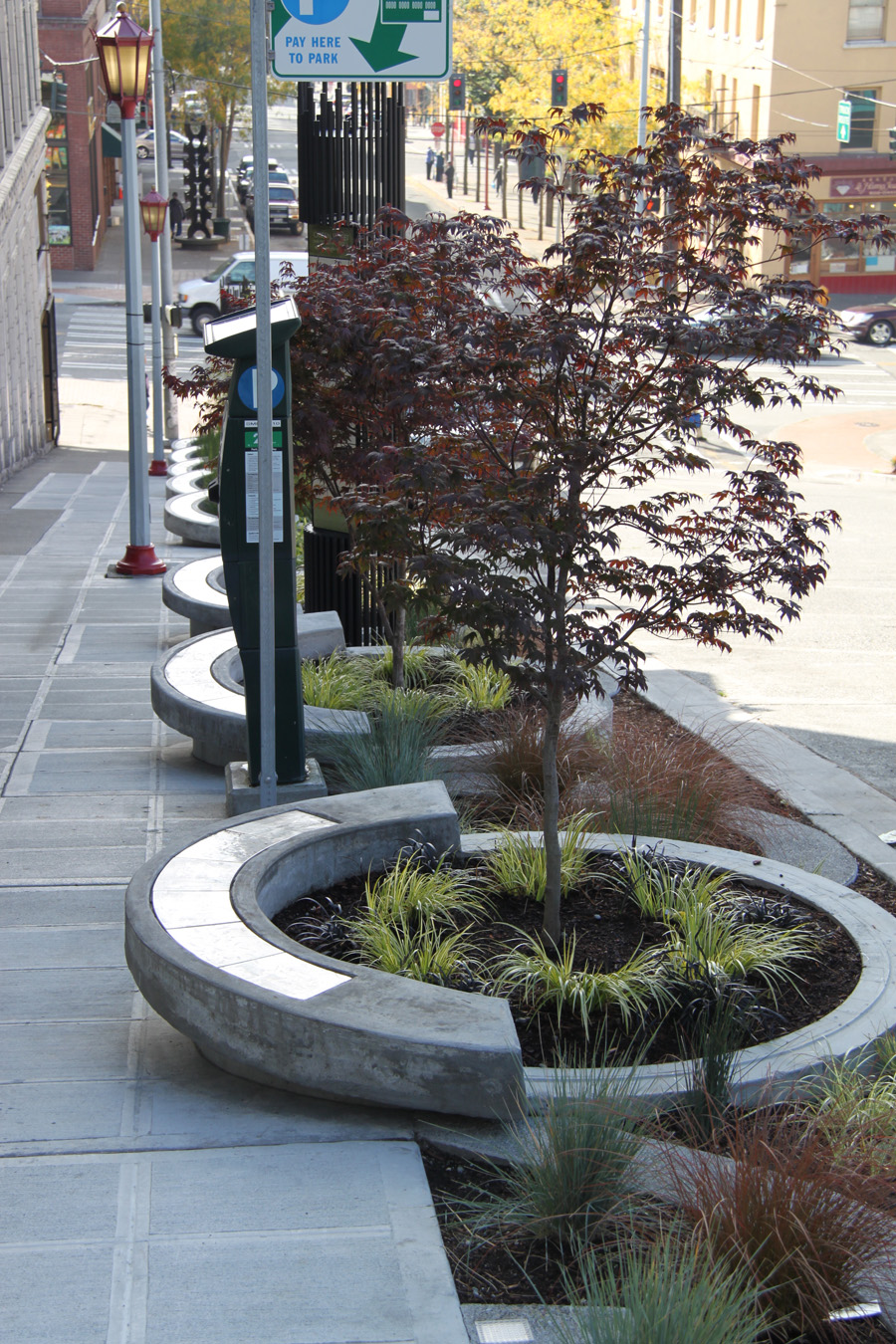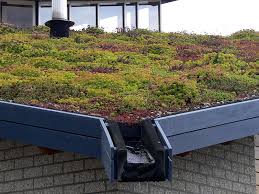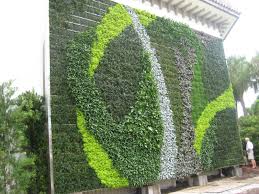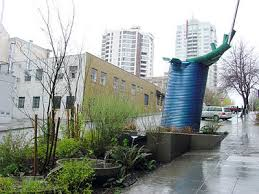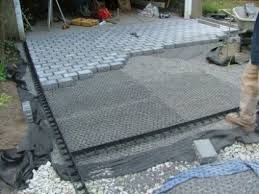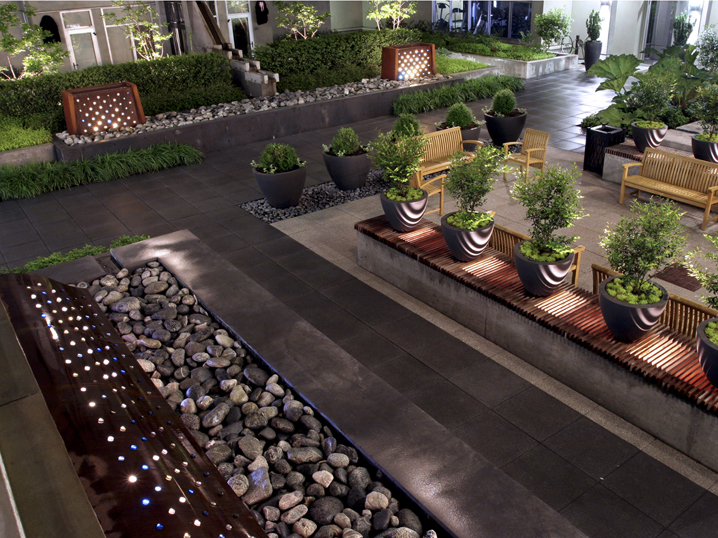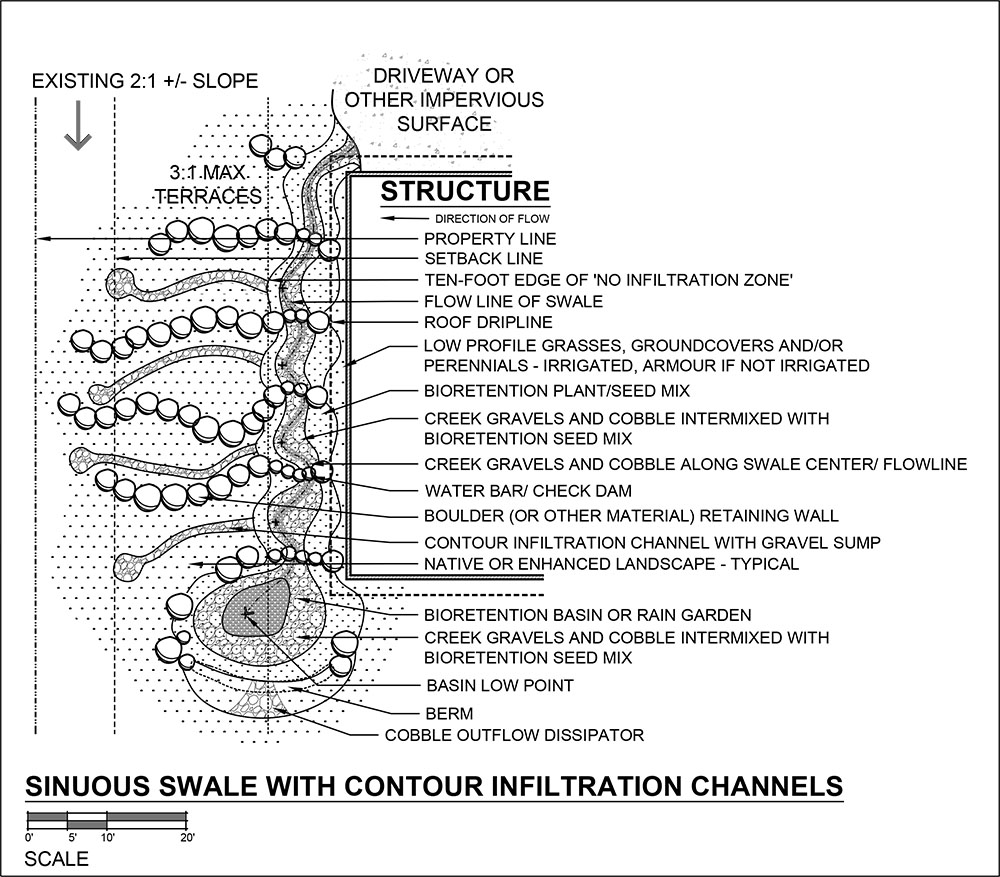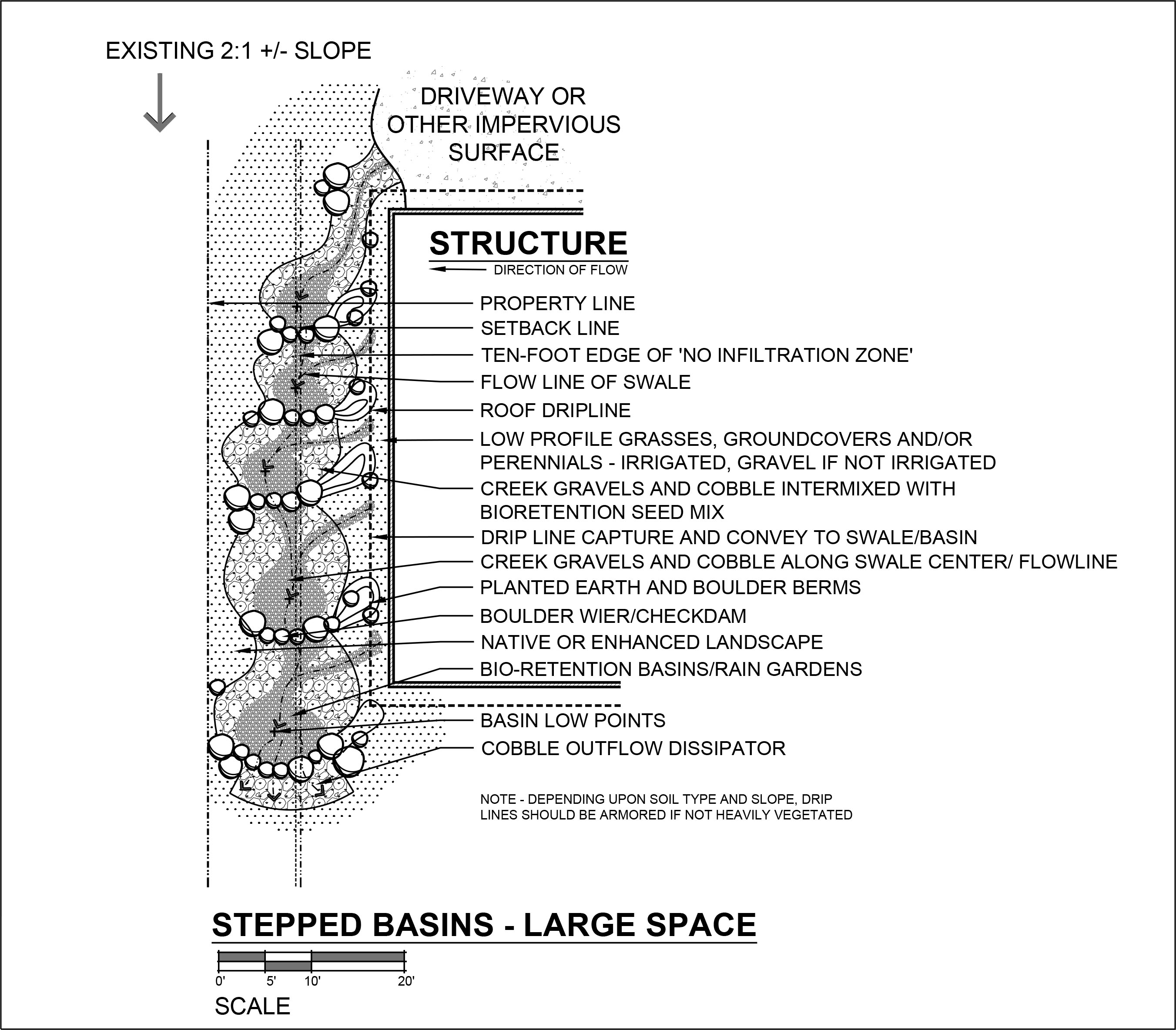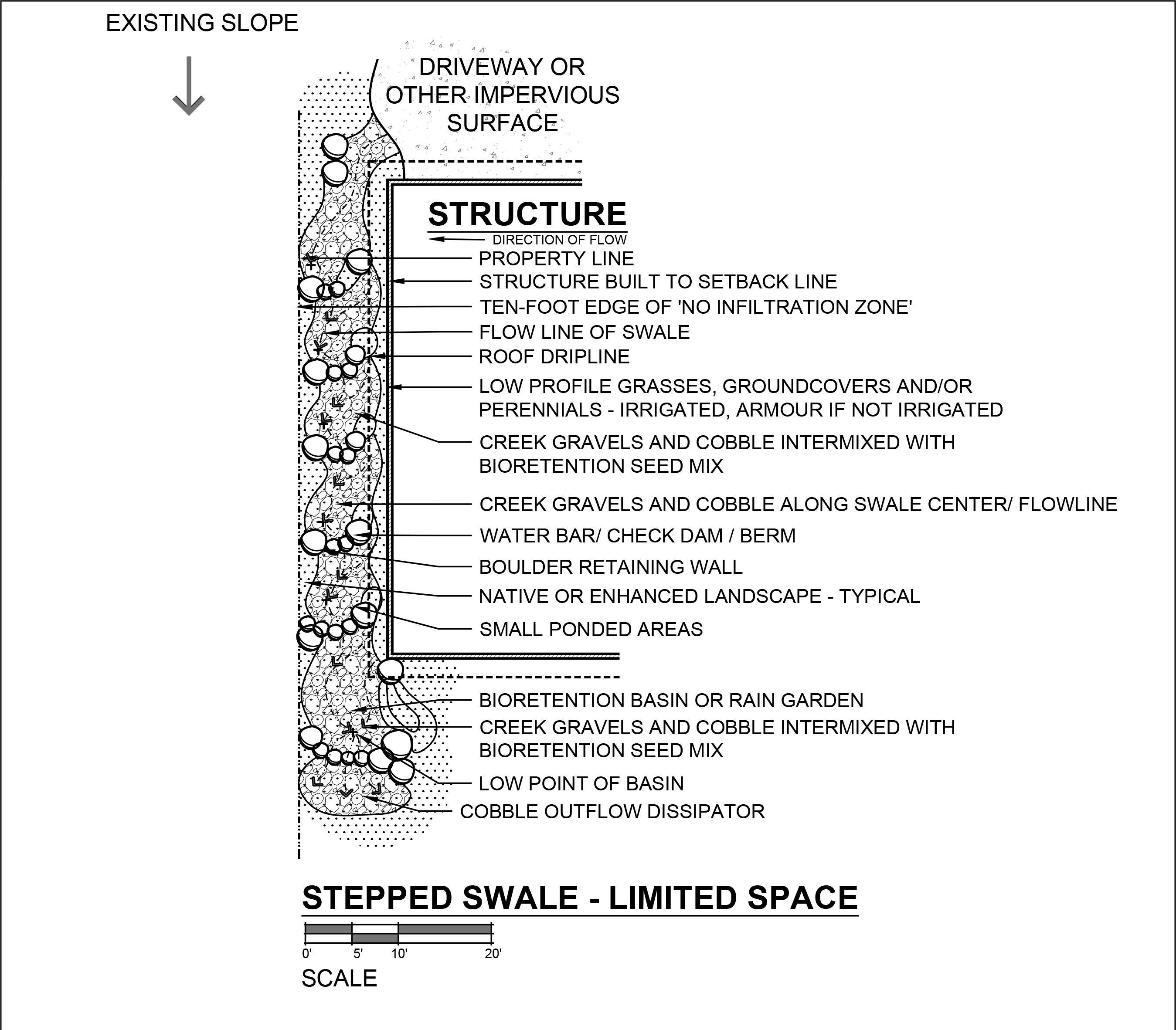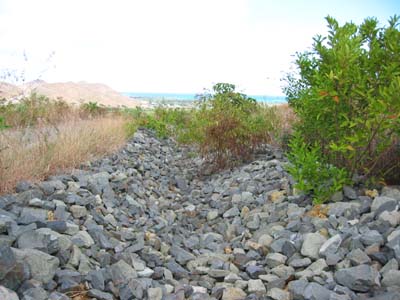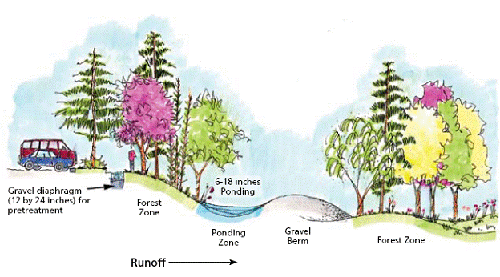Why you ask? Because the practice of water management has traditionally been, throughout centuries in fact, to move water out of the way in whatever way possible and as quickly as possible to prevent, or at least, minimize the potential damage that can be brought about by stormwater. These would include damage and destruction of living environments, soil erosion, loss of property, degradation of fish and wildlife habitats and pollution of drinking water. Rather than treating it as an asset to be respected, stormwater has been treated as a waste product to be dealt. However, recent studies on the effects of traditional practices on groundwater supply, urban infrastructure, natural habitats and financial costs has turned attention toward understanding how a shift in stormwater management practices can relieve stresses and enhance our environment through implementing practices that seek to mimic the natural processes that would occur had development not occurred. This is very progressive thinking! Hence, my term – Progressive Stormwater Management.
MOUNTAIN ENVIRONMENTS
The dry Mountain Environment of the western United States presents weather cycles are quite different from other regions that received precipitation more or less continuously throughout the year. We typically experience our precipitation in the form of copious amounts of snow (in a normal year) or in flashy summer afternoon thunderstorms. Much less likely are sustained periods of rain for more than a day or two which usually occur in the spring and fall. In this context we have the added element of managing snowmelt as a form of ‘stormwater’. In that the cycles of precipitation and snowmelt are typically concentrated into specific periods of time, and are not extended as in rainier climates, the challenge of compensating for flashy high volume events, present our communities and their residents with special challenges that most urban areas do not face. Most of our terrain is sloped, often steep slopes which are more vulnerable to damage from stormwater. Add in the contaminate loads unique to snow management from road sand and deicing measures. Couple this with typical roadway contaminates and you have the makings of what could be considered a rather complicated puzzle.
In the Lake Tahoe region the Tahoe Regional Planning Agency, (TRPA), has been in the forefront of implementing techniques to address stormwater issues and their recommended practices that have been adopted by surrounding regions. Unfortunately, while the net effects of the program they have created have reduced the rate of degradation of Lake Tahoe’s legendary lake clarity, it has fallen sadly short of being entirely environmentally sound or sustainable. Additionally, the BMP facilities the agency requires is heavily weighted toward Gray Infrastructure practices and misses on the opportunities that Green Infrastructure provides such as improvement and creation of habitat, recreation, education, capture and reuse of stormwater and more. Fortunately, in recent time the TRPA has begun to recognize the value of some more Progressive Stormwater Management practices and approved their use in permitted management systems. Following are some illustrations of alternatives to conventional practices required by TRPA and other municipalities and agencies.
BENEFITS
Progressive Stormwater Management or Green Infrastructure serves to be more aesthetically pleasing, comes much closer to mimicking natural systems, reduces strain on municipal stormwater systems and is much more economically viable. Numerous reports express that communities that have implemented Green Infrastructure Practices save money in not only construction costs, but in long term maintenance as well. The focus here will be on the aforementioned benefits.
Additional benefits included energy savings for household use and stormwater treatment, reduction of greenhouse gas emissions, carbon sequestration in biomass and soil, preservation of sewer system/pipe capacity in communities where stormwater is directed to sewage treatment plants, air pollutant reductions and flood management.
TOOLS
In my practice it is my goal to help clients and communities customize a Progressive Stormwater Management Tool Box of sorts to facilitate the management of stormwater and snowmelt in ways that serve to enhance sites using highly functional, economical, safe, aesthetically pleasing and even artful means.
Stormwater and snowmelt management does not have to be gray, ugly, or expensive. Following are some examples of Progressive Stormwater Management techniques.
First a disclaimer: The following images are from projects throughout the country which I have borrowed off the internet. Whenever possible I have provided the names of the designers and the photographer. If you are one of these people and object to your work shared here, please notify me and I will remove the image promptly with my thanks for inspiring me to put these practices to work in my own practice.
PROGRESSIVE STORMWATER MANAGEMENT TOOL BOX
It is Important to note that no one tool will achieve stormwater management goals by itself, but that each site or project area will require a system of coordinated practices to fully gain the benefits of Green Infrastructure. Following are a number of common, and not so common, tools used in Progressive Stormwater Management taken individually. In the context of a landscape or site plan these features should be recognized and considered as parts of an overall composition integrated into the landscape to create a high functioning, sustainable and aesthetic site experience.


